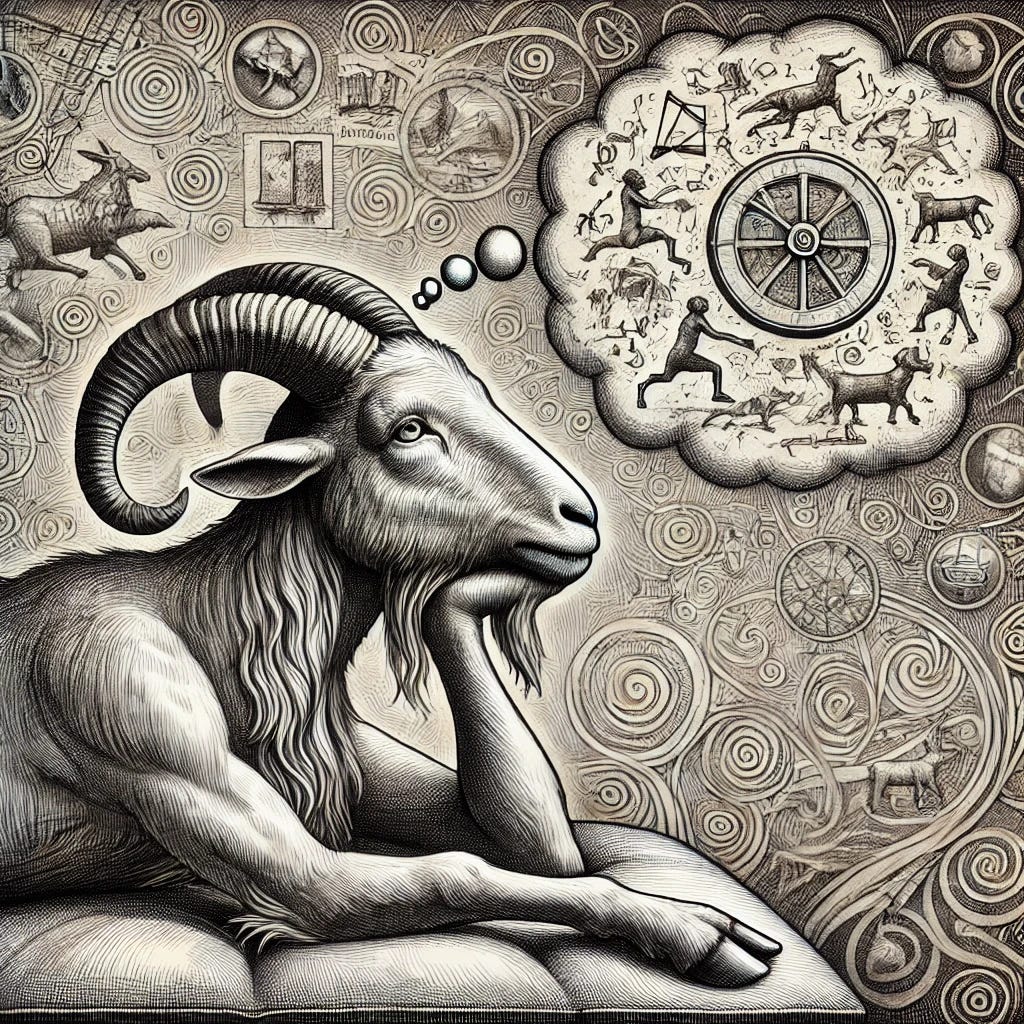It starts when you get some kind of data.
This is through some type of sensory input. You might detect a signal as a molecule plugging in to the right spot, triggering an electrical impulse that sends a signal to your brain that that particular molecule is out there. We call this type of sensory input odor or smell.
Then, we’re able to determine the wavelength of light as it reaches our finely-tuned apparatus, so good it can detect as few as five individual photons. If we didn’t see colors, but instead just saw these values as numbers, that would include all of the information we need to recreate all the colors we have… but would it be the same?
These sensory inputs are very evidently a form of raw data coming in, which our brains then sort into useful, actionable information. Sometimes you can have too much information coming in all at once, like when you bite into something that has too many flavors all at once, or if punk rock music just sounds like a cacophony to you.
Sensory perception is just the first step here, but it’s how all new information gets into your mind. There isn’t any other way for you to understand what’s going on in the outside world other than to take a look (so to speak) at the outside world.
Right now, unless you’re having this read for you (if you are, let me know in the comments!), you’re reading these characters on some type of display screen. Each character sends billions of photons racing to your eye every instant, and the first thing that happens is that your optic nerve begins by creating an electrical pulse, a kind of summary of what’s out there.
This is called transduction, and it happens with every one of our sensory inputs. This is like when a computer “sees” an image, encodes this information into ones and zeroes for easy storage and transmission, and then sends those ones and zeroes along to someone else. At the other end, the image is recreated for someone else to see.
Instead of a display screen at the other end, our brains are constantly processing this data and interpreting what needs to change as a result of the new information. There’s some pre-screening within your brain, with specific neurons responsible for specific features you detect.
Your brain then interprets these signals by identifying a face, for instance, or by letting us know that danger is imminent. In the example of looking at words on a screen, your brain then uses pattern recognition to start picking out words and phrases.
Now, sensory input is the only way that I can get what’s inside my head inside yours, and vice versa… but that doesn’t mean it’s the only way you can have new ideas or thoughts.
If you close your eyes and think about your earliest memory, there’s no new input coming in from the outside to help you conjure that pseudo-vision in your mind.
Similarly, we have the superpower of being able to think abstractly. This means that we can imagine what the future might be like, and you can think about things that don’t really exist in the world. You can fantasize about time travel paradoxes, and it can even be helpful to leave the doorway to the absurd ajar.
Dreaming, too, can happen without new inputs. You might be organizing some of your subconscious thoughts or observations into an actionable plan during this process, and you can even daydream and do a version of this.
Then, there are emotions. Emotions can certainly be triggered from a stimulus from the outside, but they can also simply originate from within the body. In other words, you don’t necessarily need to see, hear, or touch something new in order to have a particular feeling.
So, while I don’t have the first idea what you’re thinking, I do have a very good idea of how you’re thinking!
Thinking about how our minds work is incredible. I’ve written a lot about this journey from sensory to sense. I’ve linked to a bunch of previous stuff I’ve written along those lines, but I’m going to embed three additional articles in particular for you to consider later on:
Solomon Shereshevsky
Imagine being able to remember everything you’ve ever heard, seen, or learned. Sounds pretty amazing, right?
Seeing the Whole Elephant
Once upon a time in a small village, four blind individuals—an old woman, a middle-aged man, a young boy, and a craftswoman—were presented with an opportunity to "see" an object they had never encountered before. Each one brought a unique backstory and perspective to their exploration.









sensory input = logarithmic response
10x input = doubling of perception
Yes, good musings as “far as we know”. How “far” that is may really be meaningless…